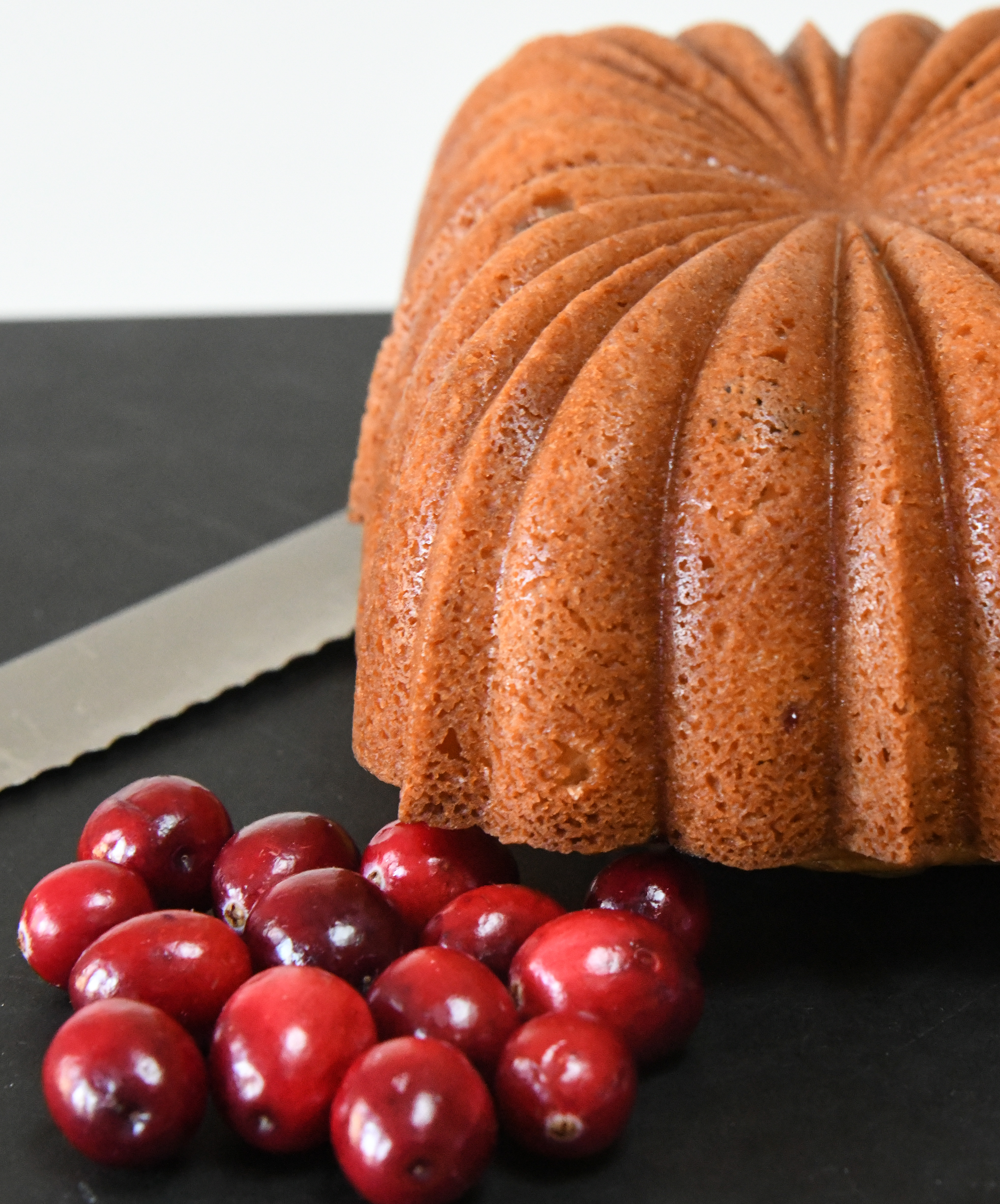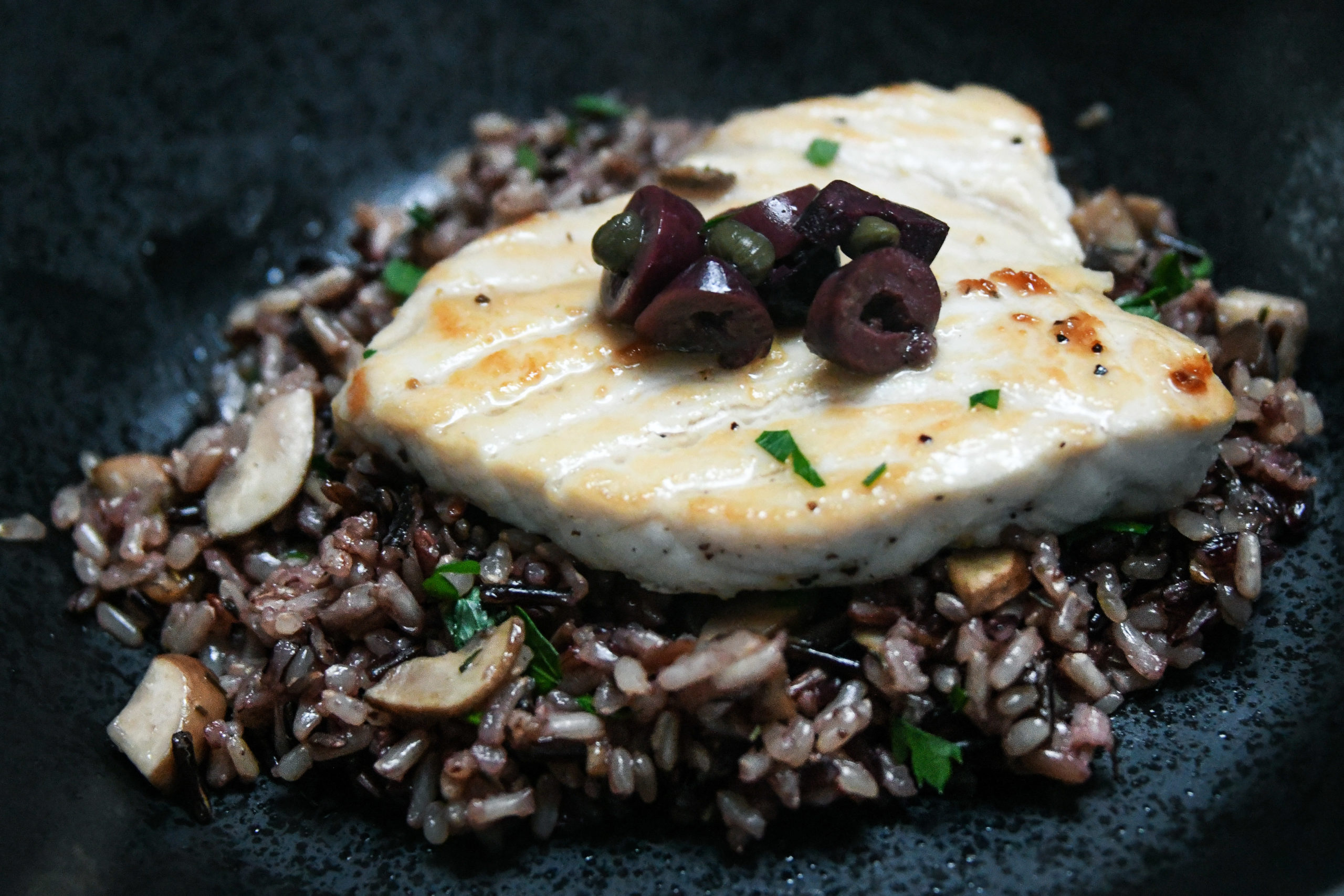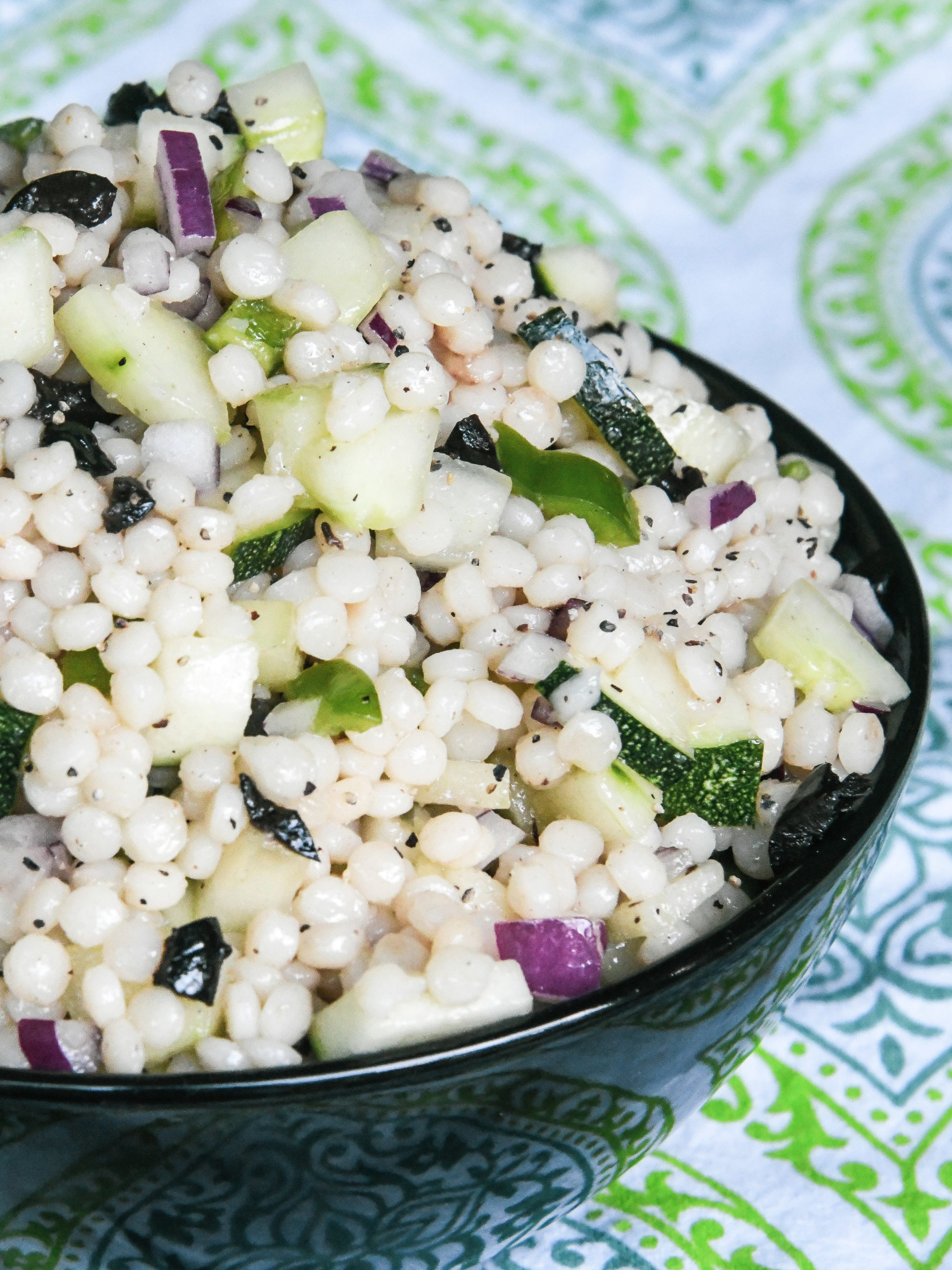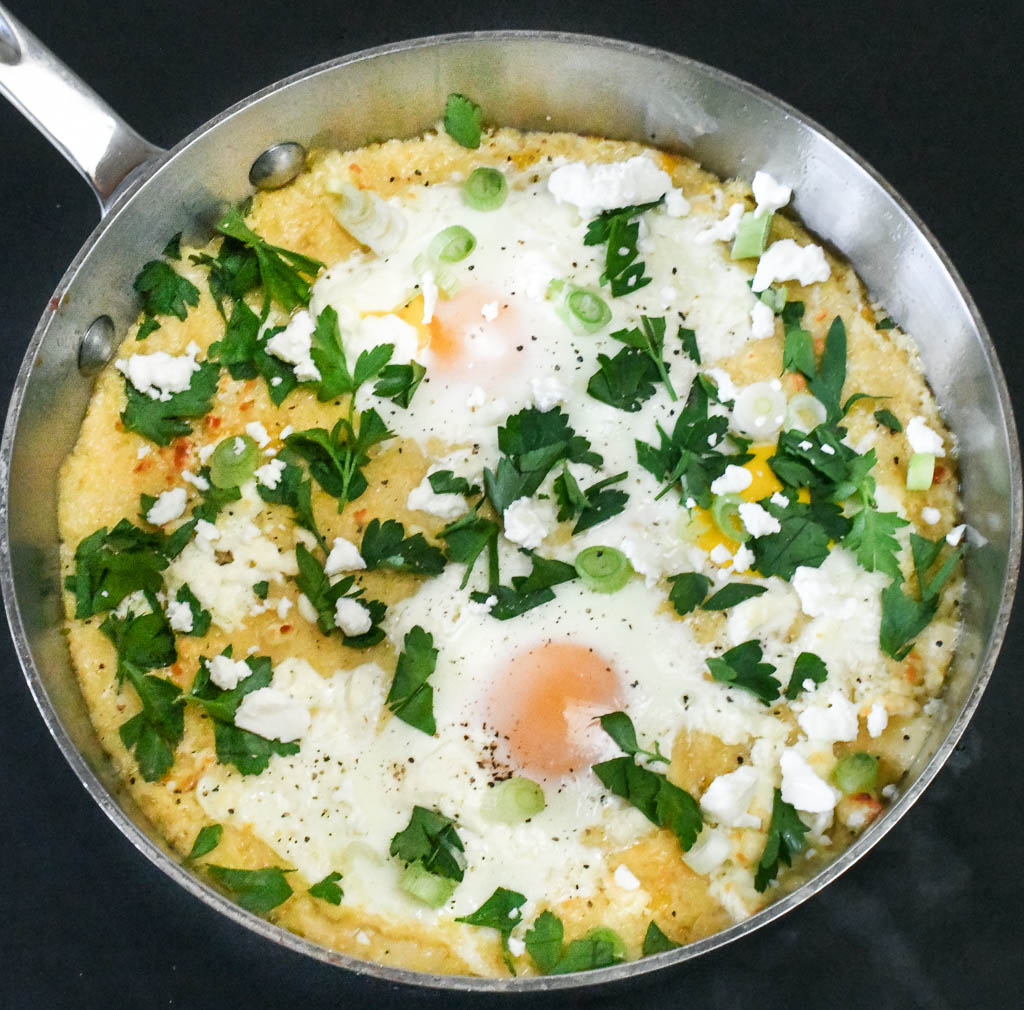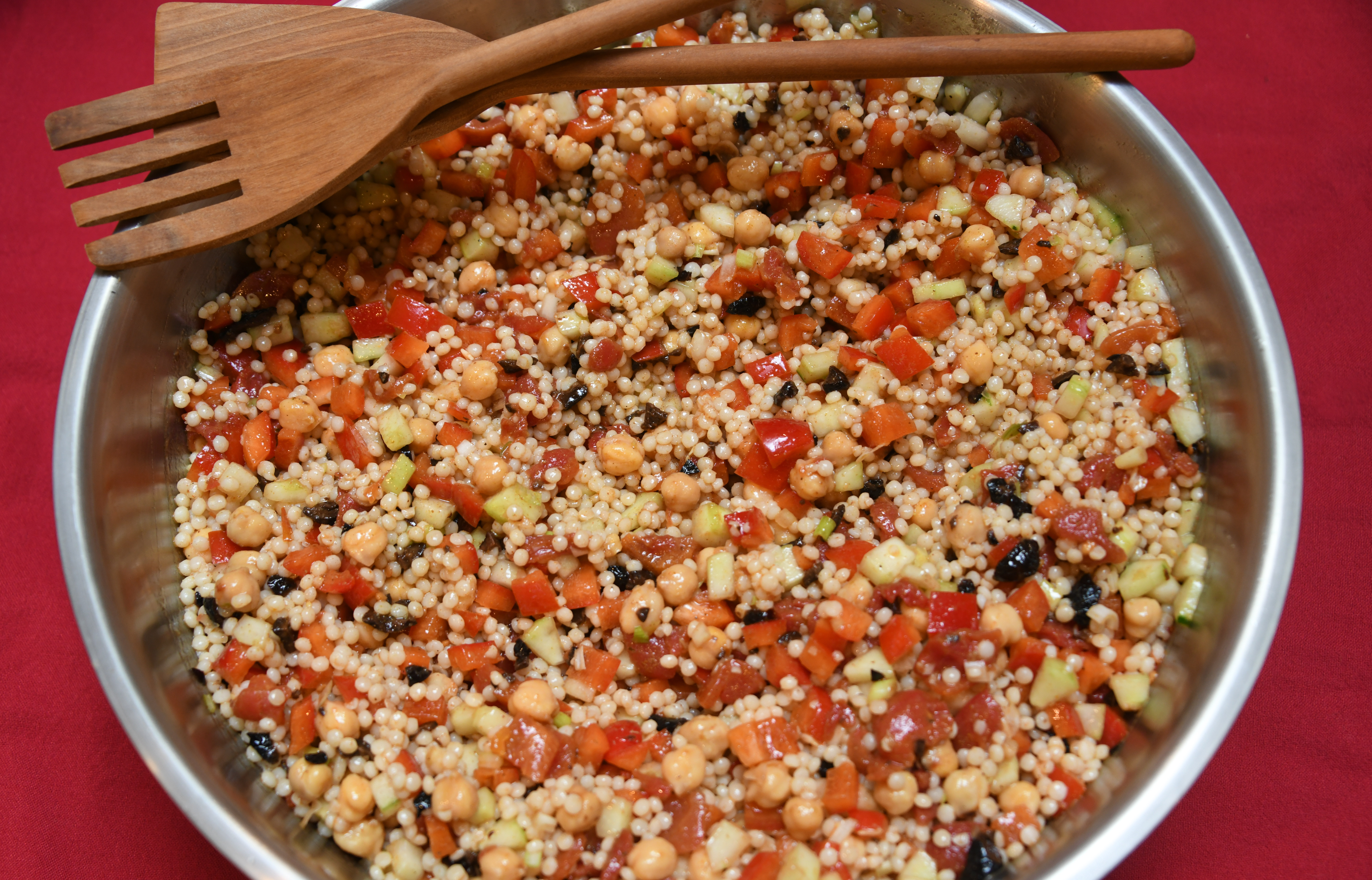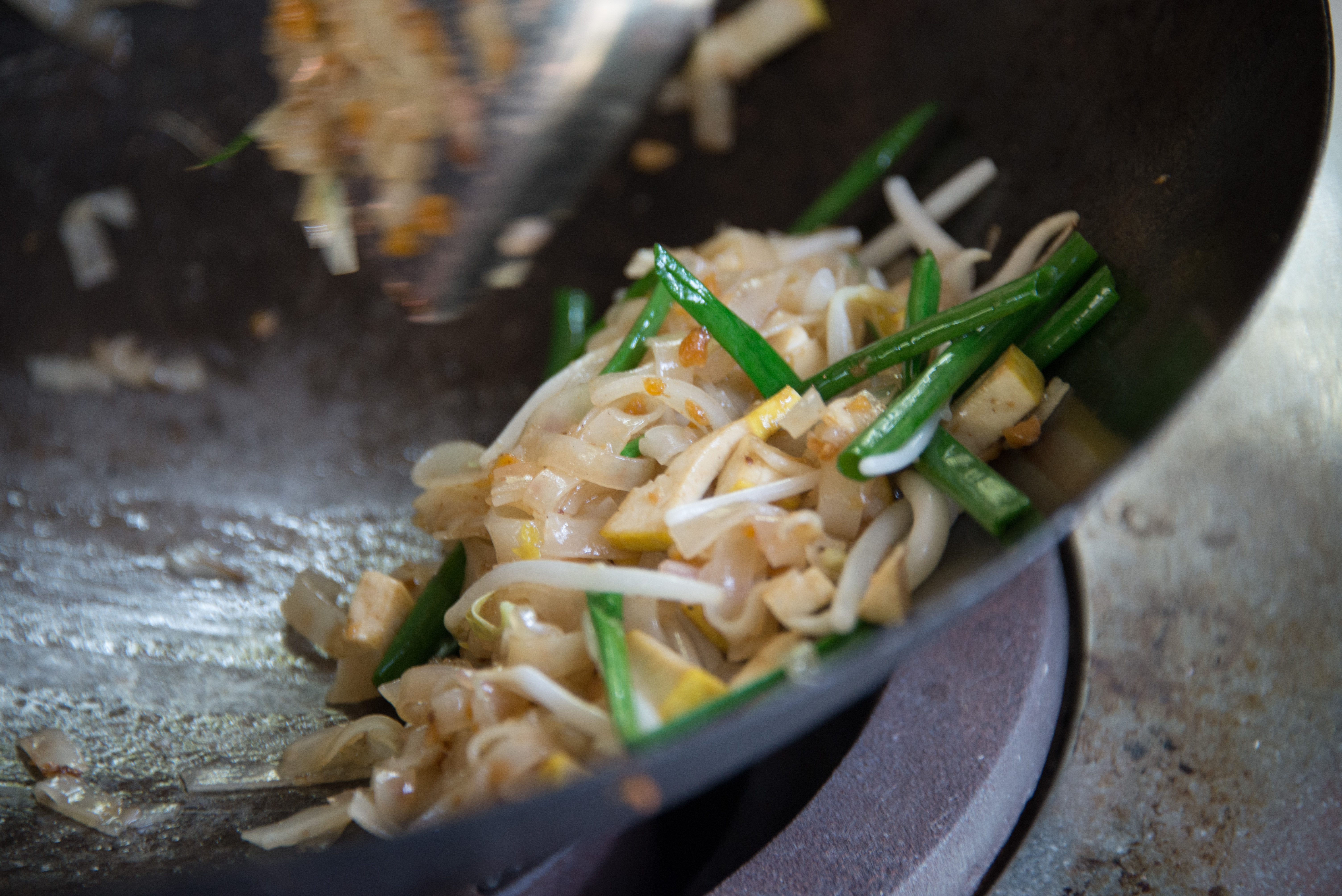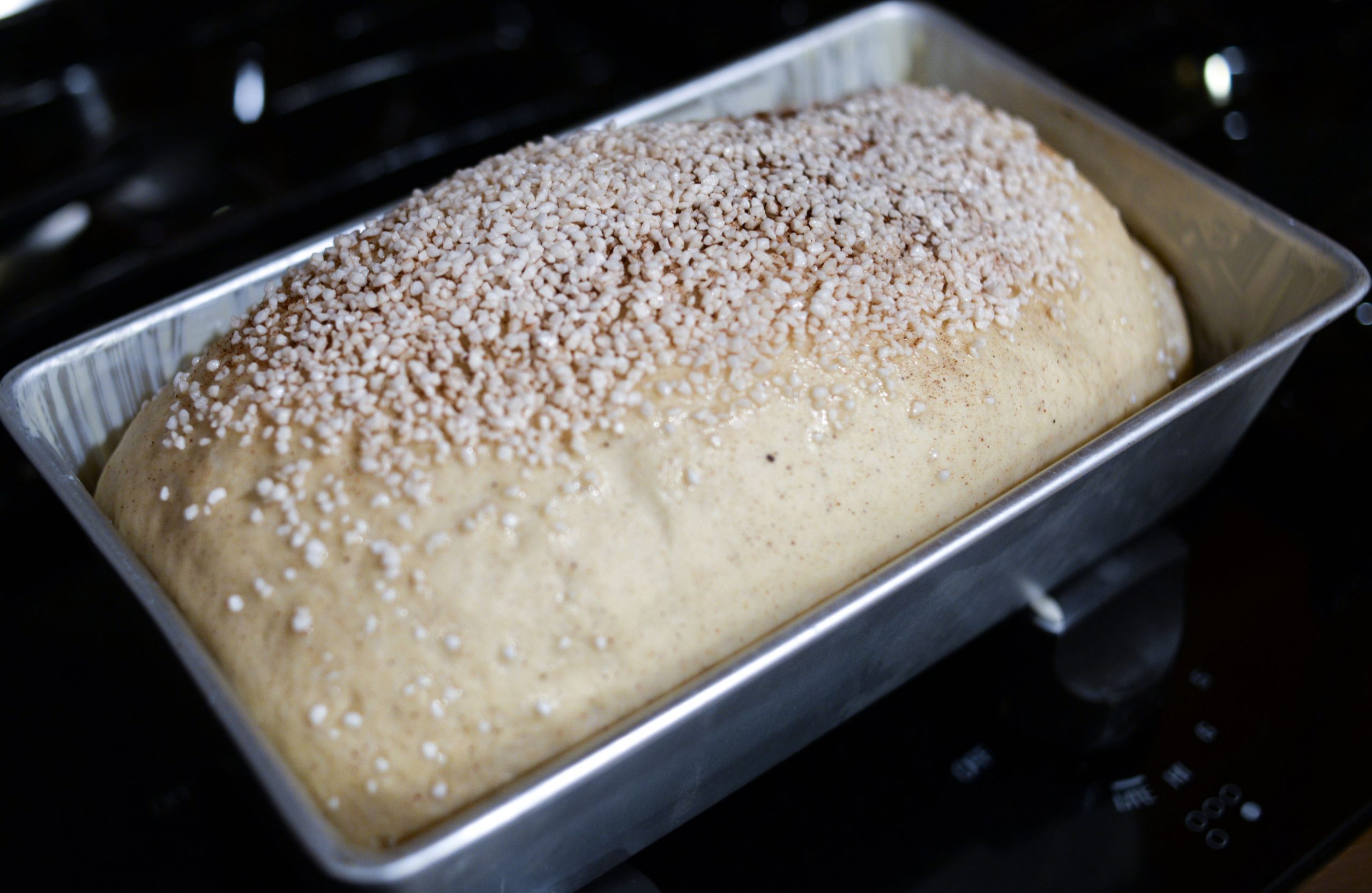Quick Cranberry-Orange-Pecan Bread
In a season when we’re all bustling about, struggling to keep up with work, home, and holiday demands, there is no better bread to bake than a soft, sweet quick bread. The name says it all. Because you don’t have to knead the dough or wait for it to rise, a quick bread takes very little effort or time to make. The ease of this bread has everything to do with leavening. In a quick bread, baking powder or baking soda acts as a leavening agent. When either one comes into contact with moisture, it causes the ingredients with which it’s been combined—flour, salt, sugar, butter, eggs—to rise. Unlike with yeast breads, such as whole wheat or Frisian sugar bread, you don’t have to wait for this process to kick in. It begins immediately. Because I love tart, vivid cranberries and this is the height of cranberry season, I couldn’t resist baking a cranberry-studded quick bread. If you don’t have pecans on hand, you can substitute chopped walnuts in the following recipe. Cranberry-Orange-Pecan Quick Bread …
